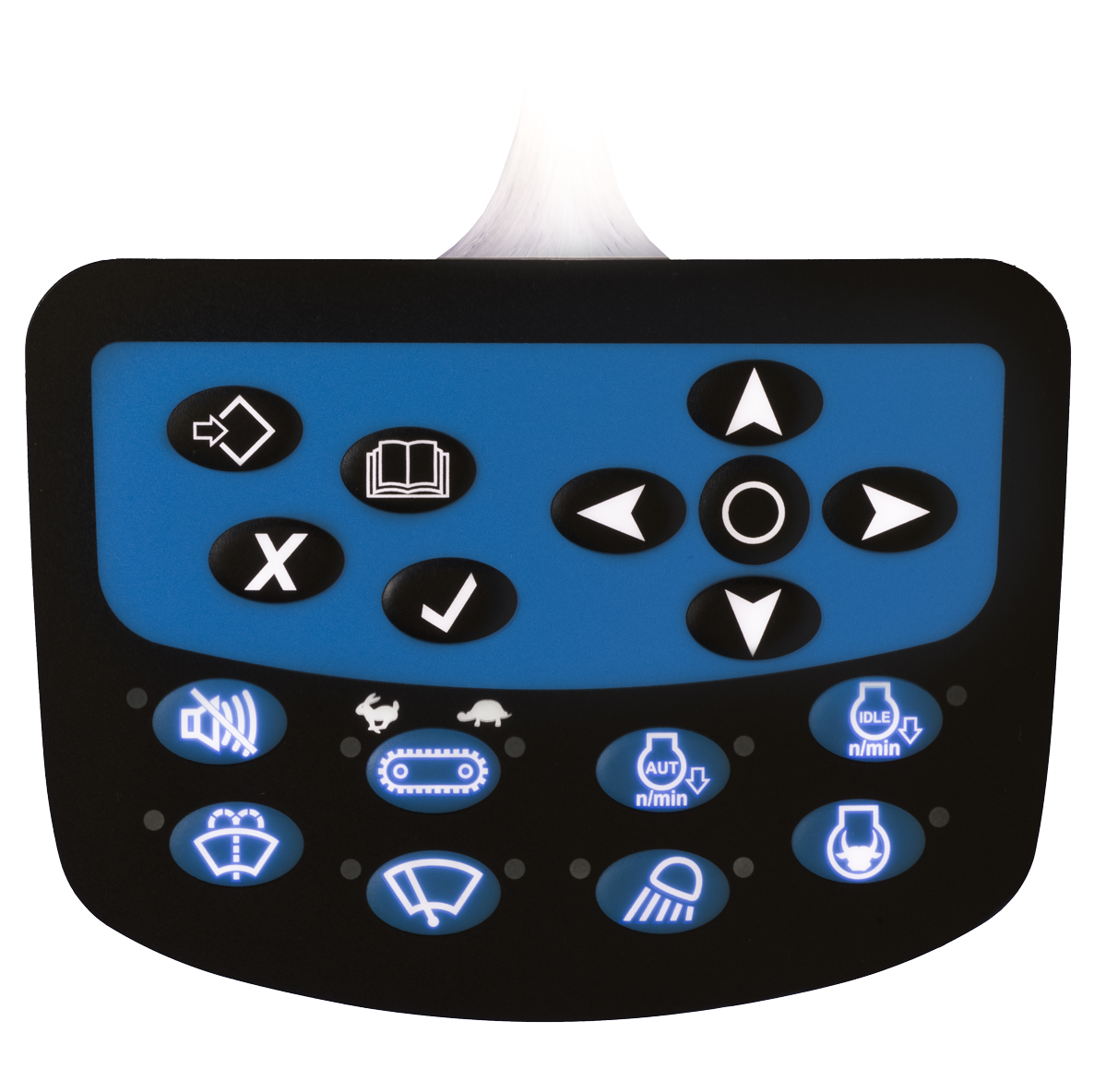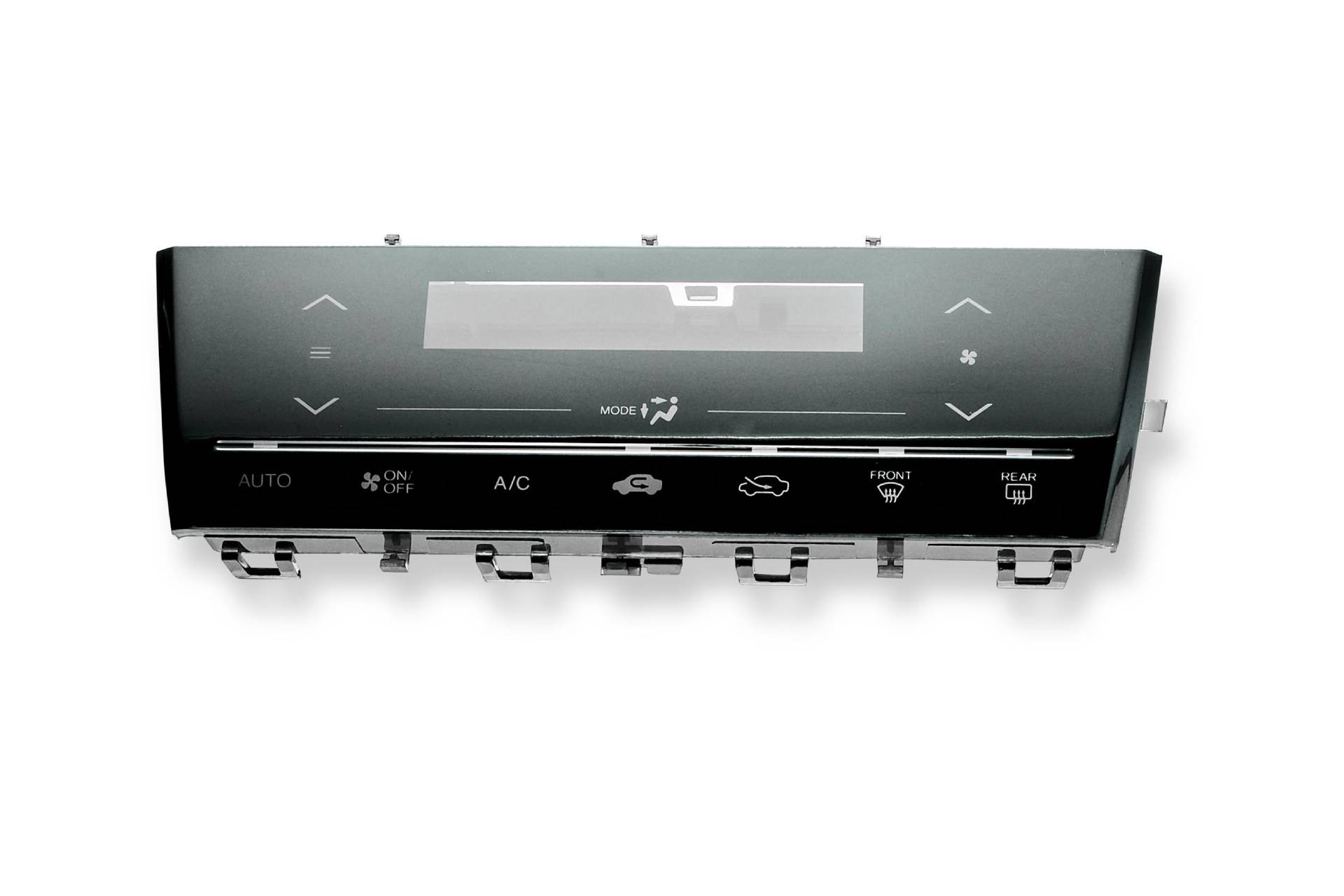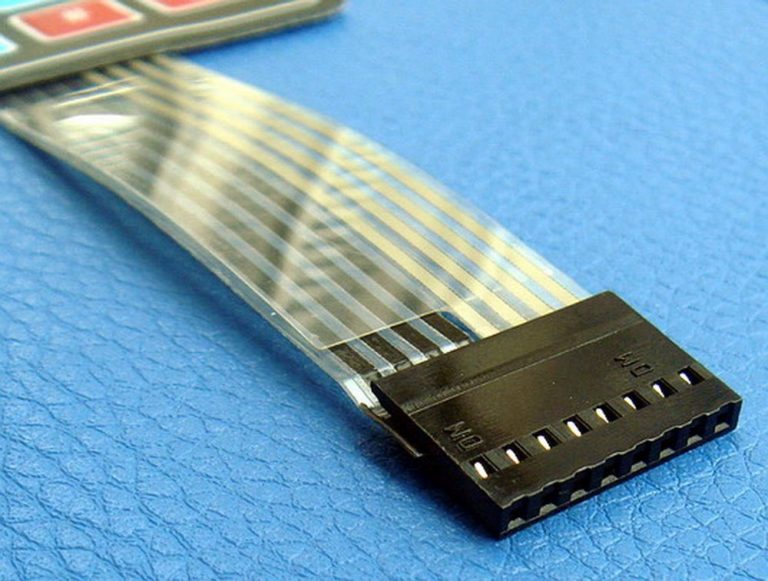Everything About Membrane Layer Switch: Understanding Its Layout and Capability
When you think regarding the control user interfaces in modern devices, membrane layer switches commonly enter your mind. These components are greater than just buttons; they mix design and capability seamlessly. Recognizing how they function and what makes them efficient can change your viewpoint on everyday electronics. But, there are subtleties to their style and efficiency that you may not be conscious of. Let's discover what sets membrane switches apart from other control systems.
What Are Membrane Buttons?

Their smooth nature makes them simple to tidy and immune to dust and wetness, a crucial function in many settings. Membrane layer buttons can likewise be tailored relating to shape, size, and graphics, permitting suppliers to produce distinct user interfaces tailored to particular products. Plus, they're lightweight and thin, which assists in minimizing the overall bulk of gadgets. On the whole, membrane buttons play a significant duty in boosting user experience throughout a broad variety of applications.
Exactly How Membrane Layer Switches Over Job
When you push a key on a membrane layer switch, it turns on a straightforward yet effective system. The leading layer, often made from flexible product, presses down onto a conductive layer below it. This action bridges the space between conductive traces, completing an electrical circuit. As soon as the circuit shuts, it sends out a signal to the device's controller, which translates your input.
You'll discover that the responsive responses differs based upon the button style, using either a soft click or an extra noticable action. Once you release the secret, the membrane layer returns to its initial setting, reopening the circuit and stopping the signal. This procedure happens virtually instantaneously, making sure a responsive individual experience.
Membrane buttons are preferred as a result of their durability and resistance to dust and dampness, making them excellent for different applications, from household devices to clinical devices. Recognizing this procedure aids you value their extensive usage.
Key Parts of Membrane Buttons
Understanding the vital parts of membrane buttons is basic for understanding their capability and design. The safety layer shields against environmental aspects and use, prolonging the button's life-span. By recognizing these parts, you'll acquire understanding right into how membrane changes operate and their importance in various applications.
Materials Used in Membrane Layer Switch Layout
The efficiency and toughness of membrane switches over greatly depend on the materials made use of in their design. You typically come across polyester and polycarbonate as primary substrates due to their excellent strength and flexibility. These products stand up to scratches and chemicals, making them excellent for requiring environments.
The conductive layers usually use silver or carbon, chosen for their reliability and conductivity. membrane switch manufacturer. Silver offers superior performance, while carbon is an economical option. For the overlay, you might consider a matte or glossy coating, depending upon your visual needs and customer experience
Make specific to pick adhesives that hold up against environmental aspects like temperature level and moisture. Picking the appropriate products will certainly guarantee your membrane layer button stands the test of time.
Layout Factors To Consider for Membrane Layer Switches
While developing membrane switches, it's important to take into account different factors that influence their functionality and customer experience. Start by concentrating on the design and switch dimension; make particular they're instinctive and simple to browse.
Don't overlook the graphic layout; clear labeling and color comparison are considerable for exposure. Validate your layout fits environmental elements, like dampness or temperature level variations, which could impact efficiency. Ultimately, keep in mind the significance of testing prototypes with actual customers to collect comments and make essential modifications. This repetitive procedure aids you fine-tune the style, verifying it fulfills both useful and visual demands properly. By meticulously thinking about these aspects, you'll produce a membrane layer switch that improves functionality and contentment.
Applications of Membrane Layer Buttons
Membrane buttons are flexible elements found in numerous applications, from industrial equipment to customer electronic devices. You'll see their influence in devices that need resilient user interfaces and in gadgets that benefit from streamlined designs. Recognizing these applications helps you appreciate the capability and functionality of membrane buttons in daily technology.
Industrial Tools Use
When you're looking to boost the functionality of industrial devices, membrane buttons offer a reputable service that combines longevity with user-friendly layout. These switches are ideal for severe Learn More Here environments, offering resistance to dirt, wetness, and chemicals. Embrace membrane layer buttons to simplify your operations and boost general performance.
Customer Electronic Devices Integration
In the domain of consumer electronics, membrane switches play an important role in enhancing user interaction and gadget performance. You'll find them in tools like microwaves, push-button controls, and gaming consoles, providing a seamless means to communicate with modern technology. Their smooth layout permits easy integration right into different products, making controls intuitive and user-friendly. With their capacity to integrate graphics and backlighting, you can take pleasure in a contemporary visual that complements the tool's overall appearance. Membrane buttons likewise ensure resilience and resistance to dust and moisture, expanding the life expectancy of your electronics. By selecting membrane layer buttons, you enhance not simply the functionality however likewise the style of your tools, making everyday communications smooth and enjoyable.
Benefits and Downsides of Membrane Layer Buttons
While membrane switches use an array of advantages, they also come with some drawbacks that you ought to think about. One considerable advantage is their small design, making them perfect for space-constrained applications.

Nevertheless, there are drawbacks. Membrane layer buttons can have a much shorter life expectancy compared to mechanical switches, especially under heavy use. They can also be much less responsive, which could influence user responses during procedure. If damaged, repairing them can be challenging and usually requires full substitute. Inevitably, their sensitivity to severe temperature levels and environmental problems might restrict their effectiveness in certain setups. Balancing these advantages and disadvantages will assist you identify if membrane layer buttons are the right fit for your task.
Regularly Asked Questions
The Length Of Time Do Membrane Layer Switches Commonly Last?
Membrane layer changes generally last in between 5 to More Help one decade, depending on usage and environmental conditions. You'll intend to evaluate factors like wear, exposure to wetness, and temperature level changes to gauge their durability properly.
Can Membrane Switches Over Be Personalized for Specific Designs?
Yes, you can customize membrane layer buttons to fit details designs (membrane switch manufacturer). You'll have the flexibility to select shades, shapes, and layouts that match your task's needs, guaranteeing they blend seamlessly with your general visual
What Is the Expense Range for Membrane Change Manufacturing?
The expense range for membrane layer button production usually drops in between $1 and $10 each, depending on factors like style complexity, amount, and materials. You can get quotes from makers to find the very best option.

Are Membrane Layer Switches Waterproof or Resistant?
Membrane buttons can be designed to be water-proof or immune, relying on products used and building techniques. If you need them for wet atmospheres, assure you specify those requirements during the design process.
How Do Membrane Changes Compare to Typical Switches?
Membrane buttons are typically thinner and a lot more versatile than standard switches, offering a smooth style. They're click for source usually much easier to clean and integrate, yet could not supply the tactile responses you're used to with mechanical choices.
Final thought
